Caring for a cat with arthritis can be challenging, especially when it comes to ensuring they can move around comfortably in their environment. As a pet owner, you may wonder whether ramps or stairs are the better choice for your feline friend. This article will delve into the pros and cons of each option to help you make an informed decision.
Key Takeaways:
- Ramps and stairs both have their advantages for arthritic cats, but the best choice depends on the cat's specific needs and mobility issues.
- Features such as a gentler slope, nonslip pads, and safety rails can make ramps a more suitable option for cats with severe arthritis.
- Stairs may be more convenient for spaces that need to conserve space and can provide mental stimulation for cats, but they should have features like foam pet stairs and carpeting to ensure comfort and safety.
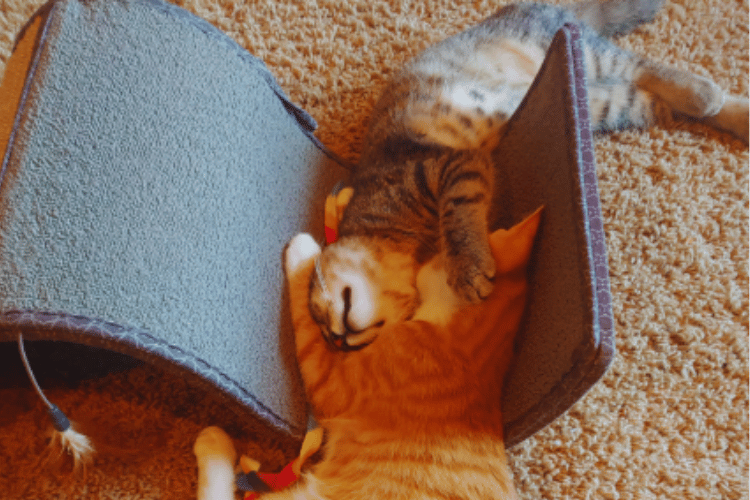
Understanding Arthritis in Cats
Arthritis is a condition that can cause significant discomfort and mobility problems in older cats. The disease leads to joint inflammation, resulting in pain and difficulty in movement. Cats with arthritis may have trouble walking, jumping, or climbing, which can affect their ability to access their favorite high perches or simply move around the house.
The Benefits of Ramps for Arthritic Cats
Pet ramps are often recommended for animals with mobility issues. A ramp with a gentler slope allows for easy access to furniture, beds, and even vehicles without the need for jumping or climbing. For arthritic cats, ramps can reduce the stress on their joints, making it easier for them to manage their daily activities. Additionally, ramps with nonslip pads and safety rails provide extra security to prevent slips and falls.
When Stairs Are a Good Choice
Despite the potential challenges, stairs can still be a good option for some arthritic cats. The best cat stairs are those that are designed with the pet's comfort in mind, such as foam pet stairs that reduce the impact on the joints. Stairs that are not too tall, with an individual step height that is manageable for your cat, can still provide them with the ability to climb without causing too much strain.
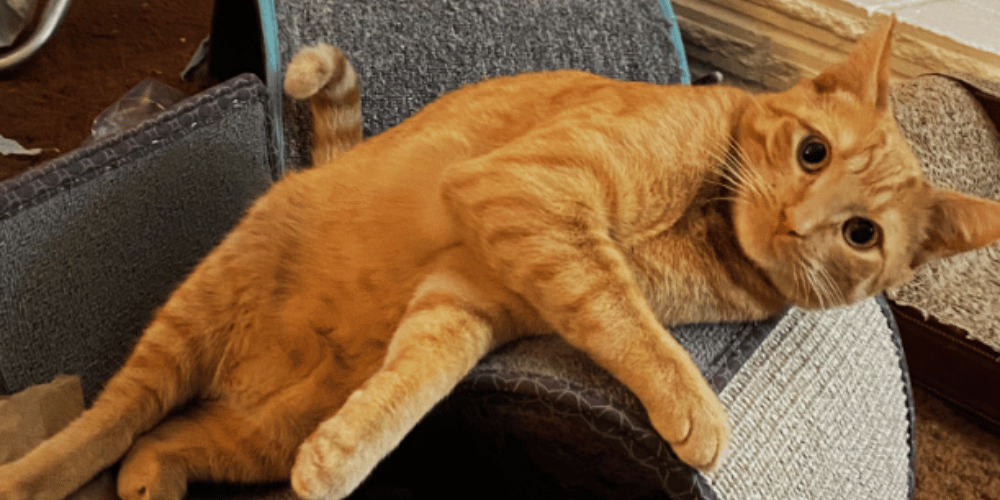
Ramps: A Closer Look
Cat ramps come in various designs, with some being easily transportable and others being more permanent fixtures in the home. When choosing a ramp, consider the surface material; carpet or nonslip pads are essential to ensure your cat's paws have good traction. The incline should be gradual enough to allow your cat to walk up and down without difficulty.
Stairs: A Closer Look
When selecting stairs for an arthritic cat, look for features that will support their condition. Foam pet stairs are gentle on the joints, and stairs with carpeted surfaces can provide additional comfort. The height of each individual step should not be too tall, as a steeper incline can be challenging for cats with arthritis.
Space Considerations: Ramps vs. Stairs
In homes where space is at a premium, pet stairs can be a more convenient option. They typically have a smaller footprint than ramps and can be placed next to furniture or beds without taking up too much room. However, if you have the space, a ramp with a gentler slope might be the better choice for a cat with severe mobility issues.
The Versatility of Dog Stairs for Multi-Pet Homes
When considering the mobility needs of arthritic cats, it's important to remember that many homes have more than just feline friends. Dog stairs can be a versatile addition to a multi-pet household. While they are often marketed for small dogs, these stairs can also be beneficial for cats, especially those with joint problems.
The gentle incline of dog stairs allows most cats to climb up to their favorite perches without the pain that might come from jumping. Whether it's reaching the bed or getting a better view out of the windows, dog stairs can make life easier for all your four-legged companions.
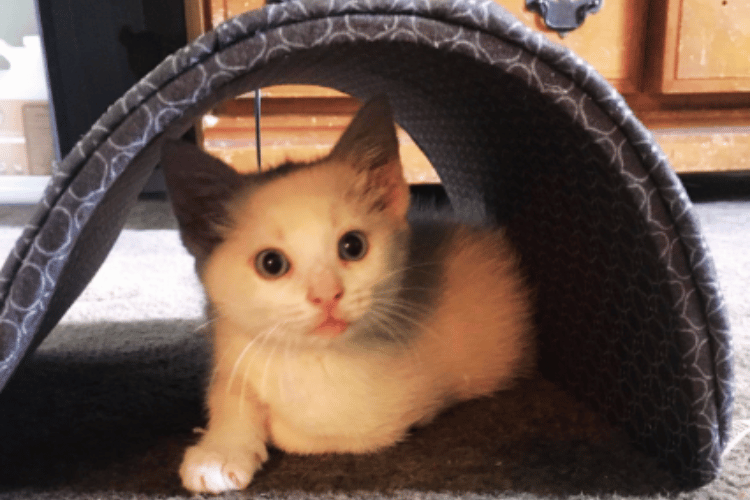
Pet steps designed for dogs are typically sturdy and can support the weight of larger pets, which means they're more than capable of holding up to the antics of your adventurous kitty. Moreover, pet steps often come in various styles and two colors, allowing you to choose one that blends seamlessly with your home decor.
Some cat steps even come with a scratching post surface, providing a handy spot for your cat to maintain their claws while also serving as a functional piece of furniture. This dual-purpose design is perfect for pets who love to climb and scratch, making it a smart purchase for pet owners looking to maximize functionality.
Integrating Cat Steps into Your Home Decor
Cat steps, or pet steps, are not only functional but can also be a stylish addition to your home. With the right design, these steps can double as a decorative piece while still offering your arthritic cat the assistance they need. Imagine a set of cat steps in a chic two-tone color scheme that complements your living room palette, or a sleek, modern design that acts as a statement piece beside your couch. These steps can be as much a part of your interior design as they are a comfort to your pets.
Furthermore, integrating cat steps into areas like closet shelves or near windows can provide your feline friend with easy access to their favorite high spots without the risk of getting stuck or the discomfort of a steep jump. For cats that love to gaze out the window or monitor the household from a high vantage point, having a set of steps nearby can enhance their quality of life.
And for pet owners, there's the added benefit of having a functional piece that also serves as a conversation starter. With a variety of designs available, you can find cat steps that are both practical and aesthetically pleasing, ensuring that your pet's needs are met without compromising on style.
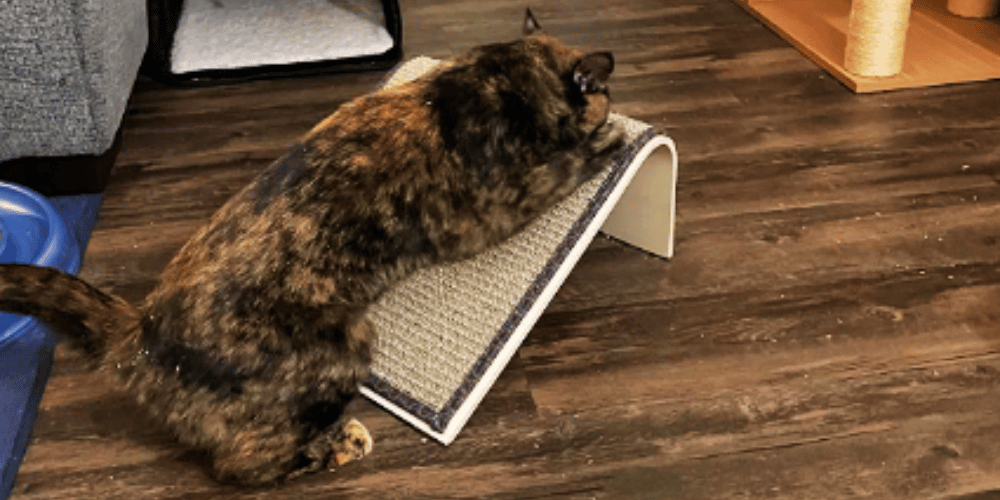
Mental and Physical Stimulation
While ramps provide an easier way for cats to move around, stairs can offer mental and physical stimulation. Climbing stairs requires a bit of effort and can help keep your cat's muscles engaged. However, it's important to balance the need for stimulation with the cat's comfort and safety.
Safety Features for Ramps and Stairs
Safety is paramount when it comes to pet mobility aids. Ramps should have safety rails to prevent falls, and both ramps and stairs should have nonslip surfaces. Look for products that offer these features to ensure your cat can use them confidently.
Customizing Ramps and Stairs
Sometimes, the best solution is a customized one. You can build a ramp or stairs to fit your cat's specific needs, taking into account their size, the severity of their arthritis, and the layout of your home. Custom solutions can be tailored to have the perfect slope, step height, and safety features.
The Role of Cat Trees and Scratching Posts
Cat trees and scratching posts can also be part of the solution for arthritic cats. Look for a cat tree with ramps or easy-to-climb platforms. Scratching posts can help maintain claw health without requiring your cat to stretch or jump excessively.
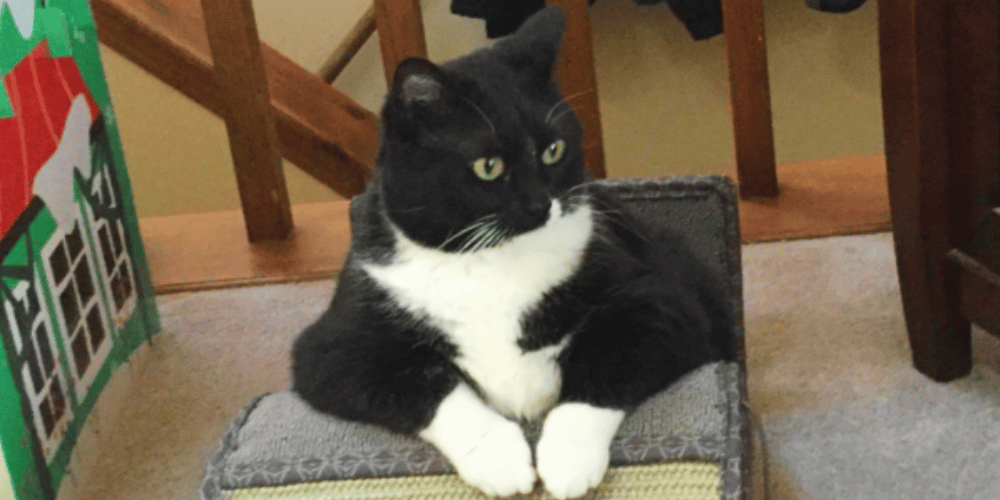
Making Small Changes for Big Benefits
Small changes in your home can make a big difference for an arthritic cat. Placing boxes or sturdy objects as intermediate steps to high places, adding extra padding to their sleep area, and keeping their nails trimmed to prevent slipping are all helpful strategies.
The Importance of Observation
Observe your cat's behavior to determine what works best for them. Some cats may prefer ramps, while others might still use stairs without issue. Pay attention to how your cat navigates around the house and adjust their environment accordingly.
Consulting with Your Veterinarian
Before making any decisions, it's important to consult with your veterinarian. They can provide advice on managing your cat's arthritis and recommend the most suitable mobility aids based on your cat's condition.
Summary
Deciding whether ramps or stairs are better for arthritic cats depends on various factors, including the severity of the arthritis, the cat's preferences, and the available space in your home. Ramps with a gentle incline and nonslip surfaces are often the best choice for cats with significant mobility issues, while stairs can be suitable for those with milder forms of arthritis, especially if space is limited.
Safety features like safety rails and foam pet stairs are important considerations, and custom solutions may offer the best fit for your cat's needs. Always consult with your veterinarian and observe your cat's behavior to ensure you choose the best option for their comfort and well-being.
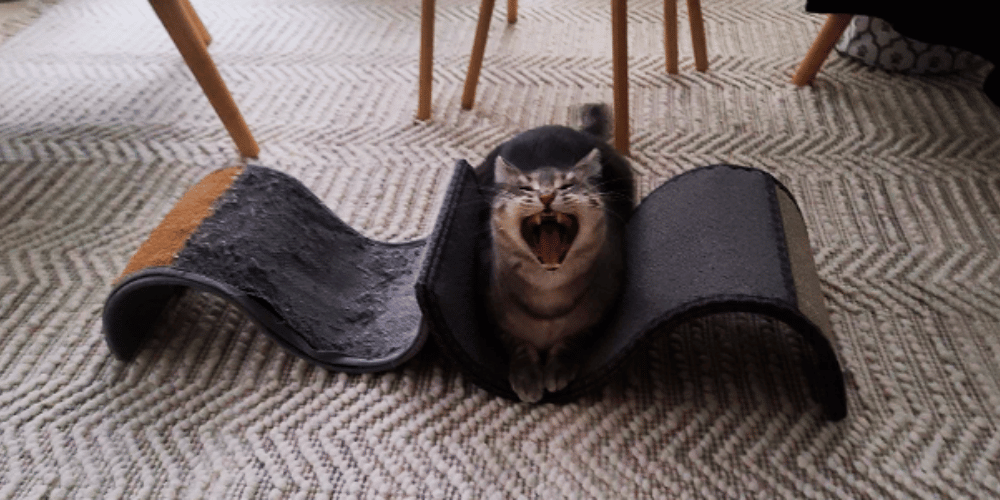
FAQ Section
Q: Can my arthritic cat still use a cat tree? A: Yes, arthritic cats can still use cat trees, especially those designed with ramps or low platforms. Ensure the cat tree has a stable base and gentle inclines to prevent strain on your cat's joints.
Q: How can I tell if my cat prefers a ramp or stairs? A: Observe your cat's behavior when they use ramps or stairs. If they hesitate or show signs of discomfort, it might not be the right choice for them. Consider their ease of movement and any signs of pain or difficulty.
Q: Are there any specific features I should look for when purchasing ramps or stairs for my arthritic cat? A: Look for ramps or stairs with a gentle incline, nonslip surfaces, and safety features like rails or edges. The materials should be soft yet supportive, like foam pet stairs, to minimize impact on your cat's joints.
Thank you for visiting LegitLists we hope this helps you make a legitimate choice!






